When it comes to home improvement and maintenance tasks, having the right tools can make all the difference. One tool that often goes unnoticed but is incredibly multipurpose and useful is the putty knife. Whether you’re a professional contractor or a DIY enthusiast, understanding the various types and uses of putty knives can improve your skill and the quality of your work. In this wide guide, we will delve into everything you need to know about putty knives, including their types, benefits, pros and cons, and why you should consider adding them to your toolkit.
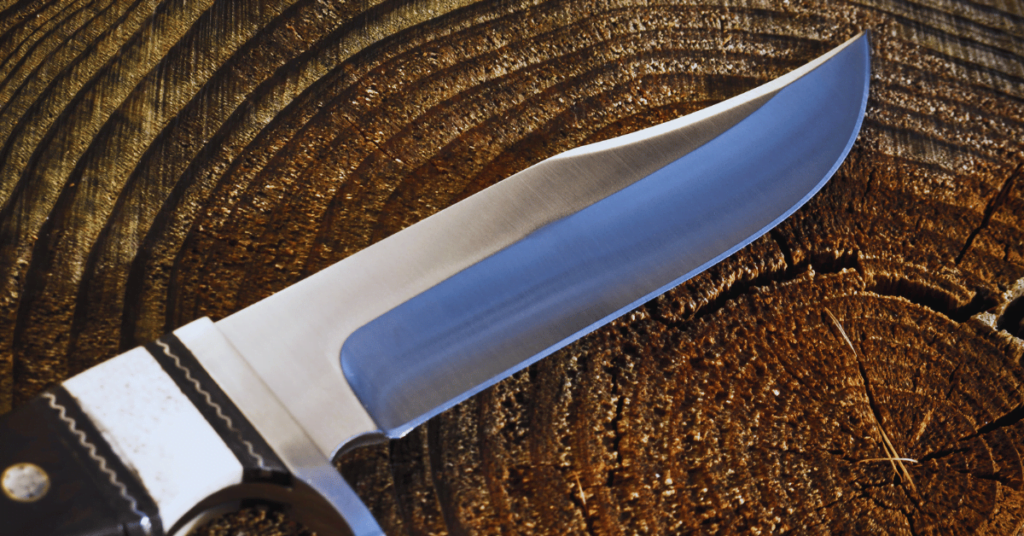
The Importance of Using the Right Tool
Using the right tool for a job not only makes the work easier but also improves the quality of the finished product. A putty knife is a prime example of a tool that, while simple in design, can significantly impact the outcome of a project. Whether you’re filling holes in walls, scraping off old paint, or applying plaster, the right putty knife ensures a smooth, professional finish. Investing in a high-quality putty knife can save time, reduce frustration, and enhance the durability and appearance of your repairs and installations.
Understanding the Anatomy of a Putty Knife
Before diving into the types of putty knives, it’s important to understand the basic components that make up this tool:
- Blade: The blade is the flat, typically rectangular part of the knife that comes into contact with the work surface. Blades can vary in width, flexibility, and material.
- Handle: The handle provides the user with a grip and is usually made from wood, plastic, or rubber. A comfortable handle can significantly reduce hand exhaustion during extended use.
- Heel: The heel is the part of the blade that connects to the handle. This area needs to be strong to withstand pressure and provide stability during use.
Common Materials Used in Putty Knives
Putty knives are made from various materials, each offering unique benefits:
Carbon Steel
Carbon steel blades are strong and durable, making them ideal for heavy-duty tasks. However, they are prone to rust if not properly maintained.
Stainless Steel
Stainless steel blades are rust-resistant and durable, making them suitable for both indoor and outdoor use. They are easy to clean and maintain, ensuring longevity.
Plastic
Plastic blades are lightweight and disposable, perfect for small, one-time projects. They are also non-reactive with most materials, making them a safe choice for delicate tasks.
Key Features to Look for in a Putty Knife
When selecting a putty knife, consider the following features to ensure you choose the right tool for your needs:
- Blade Width: Blades come in various widths, typically ranging from 1 to 6 inches. Narrow blades are ideal for detailed work, while wider blades cover more surface area for larger tasks.
- Blade Flexibility: Flexible blades are perfect for spreading materials and achieving a smooth finish, while stiff blades provide leverage for scraping and prying.
- Handle Comfort: Ergonomic handles reduce hand fatigue and improve control, especially during extended use. Look for handles with a comfortable grip made from materials like rubber or soft plastic.
- Blade Material: Choose a blade material that suits your working conditions. Stainless steel is ideal for wet environments, while carbon steel offers strength for heavy-duty tasks.
Tips for Using a Putty Knife Effectively
To get the best results from your putty knife, follow these tips:
- Apply Even Pressure: When spreading putty or joint compound, apply even pressure to the blade to achieve a smooth, consistent layer.
- Use the Right Angle: Hold the knife at a slight angle to the surface to control the thickness of the material being applied.
- Clean Between Uses: Wipe the blade clean between uses to prevent buildup and ensure a smooth application.
- Use the Correct Blade Size: Match the blade size to the task at hand. A wider blade covers more area quickly, while a narrow blade is better for detailed work.
Types of Putty Knives
1. Flexible Putty Knives
Flexible putty knives are made with thin, flexible blades that are ideal for spreading materials evenly over surfaces. They are perfect for tasks that require a smooth, even finish, such as applying putty to window frames or spreading joint compound on drywall.
- Reduces material waste.
- Comfortable to use for extended periods.
- Versatile for various applications.
- Can bend under too much pressure.
Benefits:
- Provides a smooth finish.
- Easy to maneuver into tight spaces.
- Ideal for delicate surface
Why Buy This Knife: A flexible putty knife is essential for anyone looking to achieve a professional finish on delicate surfaces. Its ease of use and versatility make it a valuable addition to any toolkit.
2. Stiff Putty Knives
Stiff putty knives have a thicker, more rigid blade that provides extra leverage for tougher tasks. They are excellent for scraping off old paint, removing wallpaper, or prying up old tiles.
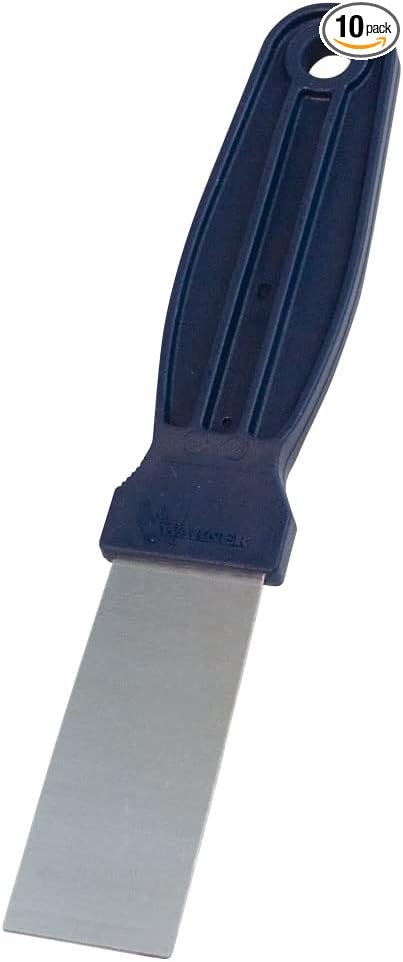
DIY Stiff Putty 180A, 10-Pack Painting Tool
- Warner Manufacturing 1-1/4″ DIY Stiff Putty 180A, 10-Pack Painting Tool, Steel
- Great for removing stubborn materials.
- Can handle more force without bending.
- Strong and sturdy.
- Less flexible, which can be a drawback for delicate tasks.
Benefits:
- Provides more leverage for tough tasks.
- Durable and long-lasting.
- Ideal for heavy-duty scraping.
Why Buy This Knife: If you frequently tackle heavy-duty tasks like scraping paint or removing tiles, a stiff putty knife is a must-have. Its durability and strength make it an indispensable tool for tough jobs.
3. Stainless Steel Putty Knives
Stainless steel putty knives are resistant to rust and corrosion, making them perfect for use in damp or wet conditions. They are available in both flexible and stiff varieties.
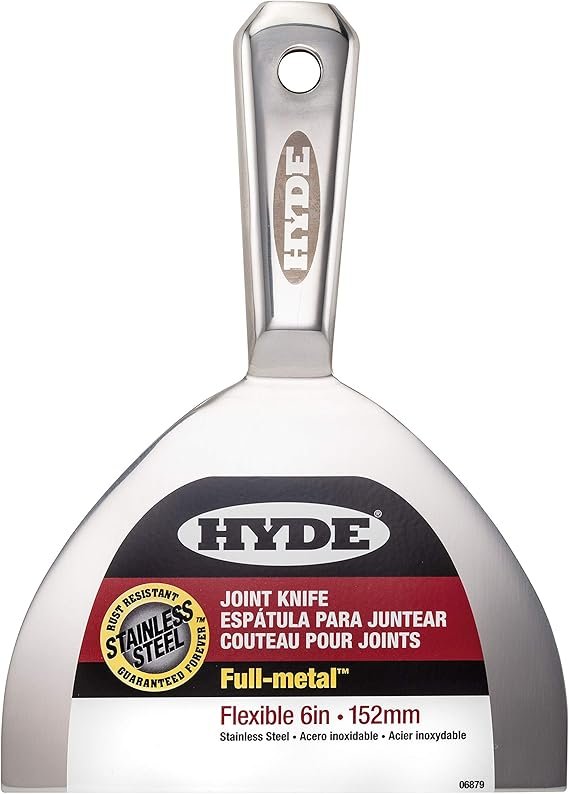
HYDE 06879 Full Metal Joint Knife, 6-inch, Stainless Steel
- Stainless-steel handle and blade
Durable construction
Flexible hollow-ground blade
Hammer Head handle
Rust resistant and easy to clean
- Long-lasting performance.
- Does not corrode in wet conditions.
- Versatile for various tasks.
- Can be slippery if not properly maintained.
Benefits:
- Rust-resistant and durable.
- Easy to clean and maintain.
- Suitable for both indoor and outdoor use.
Why Buy This Knife: For those who work in environments where moisture is a factor, a stainless steel putty knife offers longevity and reliability. It’s a worthwhile investment for anyone looking to maintain a rust-free toolkit.
4. Plastic Putty Knives
Plastic putty knives are lightweight and disposable, making them ideal for small, one-time projects. They are often used for spreading materials like spackle or drywall mud.
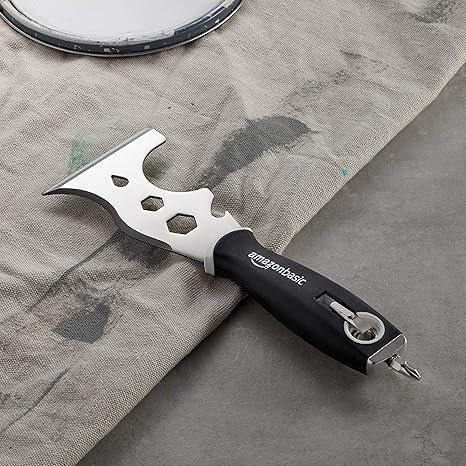
Soft Grip Painters Tool with Hammer
- Amazon Basics 14-IN-1 Soft Grip Painters Tool with Hammer End and 2 Driver Bits, 3″, one pack, Black
- Great for quick, one-time jobs.
- Safe to use on delicate surfaces.
- Affordable and widely available.
- Can break under too much pressure.
Benefits:
- Inexpensive and disposable.
- Lightweight and easy to handle.
- Non-reactive with most materials.
Why Buy This Knife: Plastic putty knives are perfect for small, occasional projects where you need a lightweight and disposable option. They are budget-friendly and practical for quick fixes.
How to Choose the Right Putty Knife
Choosing the right putty knife depends on the specific task you need to accomplish. Here are some factors to consider:
- Blade Flexibility: For smooth application and finishing tasks, opt for a flexible blade. For scraping and heavy-duty tasks, choose a stiff blade.
- Material: Stainless steel knives are durable and rust-resistant, making them suitable for wet conditions. Plastic knives are great for one-time, light-duty use.
- Size: The size of the blade should match the task. Narrow blades are better for detailed work, while wider blades cover more surface area for larger tasks.
- Handle Comfort: Look for a comfortable grip, especially if you’ll be using the knife for extended periods. Ergonomic handles reduce hand fatigue and improve control.
Common Uses of Putty Knives
Putty knives are incredibly versatile and can be used for a variety of tasks, including:
- Applying and Smoothing Putty: Use a flexible putty knife to apply putty to window frames, fill holes in walls, or repair cracks.
- Scraping Surfaces: A stiff putty knife is perfect for scraping off old paint, removing wallpaper, or cleaning off sticky residue.
- Spreading Materials: Use a putty knife to spread joint compound on drywall seams, apply spackle to holes, or smooth out caulking.
- Prying and Lifting: Stiff putty knives can be used to pry up old tiles, lift carpet edges, or remove baseboards.
Maintenance and Care
Putty knives are essential tools for anyone involved in home improvement, maintenance, or DIY projects. With a variety of types to choose from, including flexible, stiff, stainless steel, and plastic, there’s a putty knife for every task. By understanding the benefits, pros and cons, and specific uses of each type, you can make an informed decision and ensure you have the right tool for the job.
Why You Should Buy a Putty Knife from Kniflo: At Kniflo, we offer a wide selection of high-quality putty knives to suit all your needs.
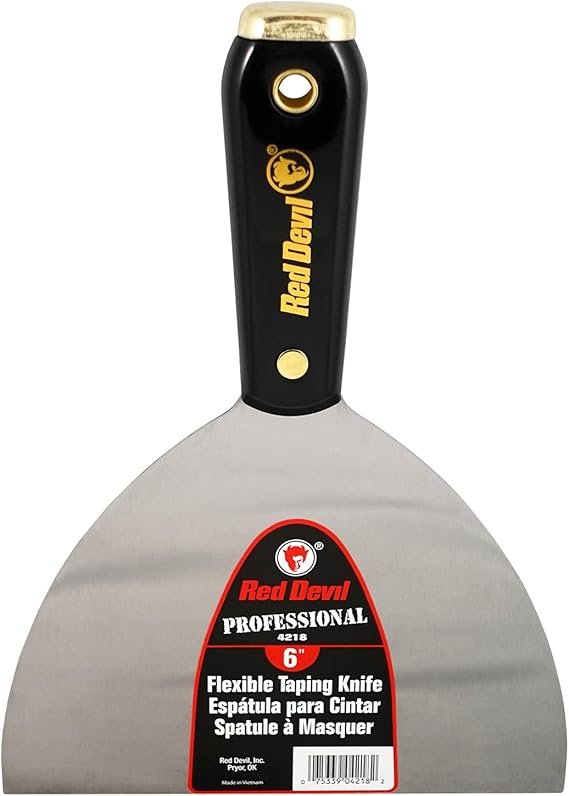
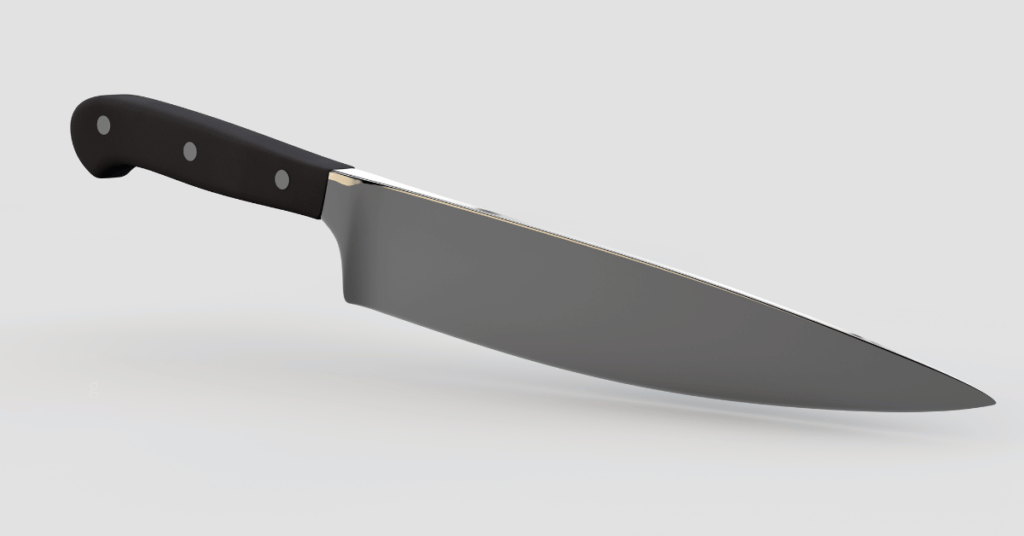

You have noted very interesting details! ps decent internet site.Money from blog
наркологическая скорая [url=https://skoraya-narkologicheskaya-pomoshch11.ru]наркологическая скорая[/url] .
I’m just writing to let you understand what a fabulous discovery our girl obtained going through your web site. She figured out a wide variety of details, which include what it is like to possess an awesome giving style to make the mediocre ones very easily understand certain complicated issues. You truly exceeded her desires. Thank you for churning out these precious, trusted, edifying and as well as fun tips about this topic to Tanya.
allows you to view instagram [url=https://anon-inst.com]allows you to view instagram[/url] .
наркологическая помощь москва [url=https://skoraya-narkologicheskaya-pomoshch12.ru/]https://skoraya-narkologicheskaya-pomoshch12.ru/[/url] .
новые виды услуг в мире [url=https://www.biznes-idei12.ru]https://www.biznes-idei12.ru[/url] .
Вывод из запоя [url=http://fizioterapijakeskic.com/]Вывод из запоя [/url] .
варианты бизнеса [url=www.biznes-idei13.ru]варианты бизнеса[/url] .
Как кодируют от алкоголя в Алматы [url=https://kodirovanie-ot-alkoholizma-v-almaty.kz]Как кодируют от алкоголя в Алматы [/url] .
найти местоположение по номеру [url=http://poisk-po-nomery.ru]http://poisk-po-nomery.ru[/url] .
курс долара [url=http://www.kursy-valut-online.kz]курс долара[/url] .
evakuator-mow.ru [url=https://evakuator-mow.ru/]evakuator-mow.ru[/url] .
заказать проститутку [url=http://drive-models.ru]заказать проститутку[/url] .
лечение запоя алкоголизма выведение [url=http://xn—–7kcablenaafvie2ajgchok2abjaz3cd3a1k2h.xn--p1ai/]http://xn—–7kcablenaafvie2ajgchok2abjaz3cd3a1k2h.xn--p1ai/[/url] .
instagram stories anonymous [url=https://anstoriesview.com/]instagram stories anonymous[/url] .
allows you to view instagram [url=anonstoriesview.com]allows you to view instagram[/url] .
watch instagram stories [url=https://www.anon-story-view.com]watch instagram stories[/url] .
I?¦ve recently started a blog, the info you offer on this web site has helped me greatly. Thank you for all of your time & work.